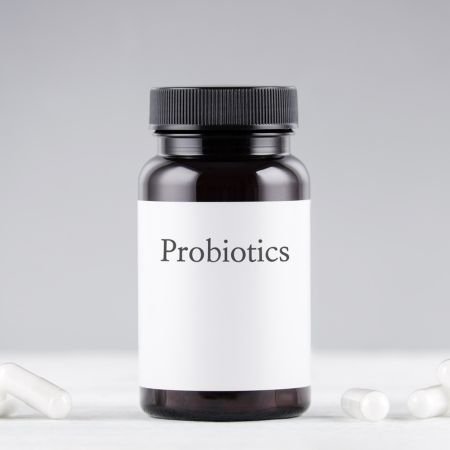Navigating Probiotics: What They Are and How to Choose
What are microorganisms?
A microorganism or microbe is an organism that is microscopic they include bacteria, archaea, fungi (yeasts and moulds), algae, protozoa and viruses.
Respiratory syncytial virus (RSV)
What are probiotics?
Probiotics have been defined as
“Live microorganisms that, when administered in adequate amounts, confer a health benefit to the host.”
For foods or supplements to be called probiotics they must have characterised strains that have a scientifically proven effect on health.
How are probiotics named?
Probiotics, like all living organisms, are designated with a genus and species (and subspecies, if applicable). Additionally, probiotics are further identified by their unique strain. For example, Lactobacillus (genus) acidophilus (species) La-14 (strain). Probiotics are often abbreviated for example, L. acidophilus La-14.
Lactobacillus bacteria
How are probiotics regulated in Australia?
In Australia, probiotics are either regulated as a food or as a therapeutic good.
Probiotic food product regulation
If a product is traditionally used as a food and sold as such or is covered by a food standard, it is regulated as a food by Food Standards Australia and New Zealand (FSANZ).
Probiotic therapeutic goods regulation
In Australia, the Therapeutic Goods Administration (TGA) regulates vaccines, medicines, complementary medicines, health products, sunscreens, and over-the-counter medicines. Probiotics are regulated as complementary medicines.
Complementary medicines are non-prescription medicines that primarily contain complementary medicine ingredients that have an established identity and tradition of use.
Non-prescription medicines are placed on the Australian Register of Therapeutic Goods (ARTG) depending on the level of risk posed to consumers. The level of risk is determined by the ingredients and their intended therapeutic use. They are classified into three categories:
1. Listed medicines
‘AUST L’ on the label
Lowest risk
These products are not individually evaluated by the TGA for quality, safety or efficacy before they are made available to consumers for sale.
Ingredients for these products are selected from a TGA pre-approved ingredients list.
2. Assessed listed medicines
‘AUST L (A)’ on the label
Lower risk
The therapeutic indications or health benefits have been assessed by the TGA for efficacy before they are made available for sale to consumers.
3. Registered non-prescription medicines
‘AUST R’ on the label
Higher risk
These products have had a full pre-market evaluation by the TGA for their safety. quality and efficacy before they are made available on the market.
Probiotics that make therapeutic claims about health benefits, warning statements or instructions for dosage use, may meet the definition of a therapeutic good. If probiotic products are marketed as therapeutic goods, then they will be regulated as therapeutic goods.
What about traditionally fermented foods?
While fermented foods including kimchi, sauerkraut, and kombucha are made with the help of microorganisms and may have health benefits. These microorganisms have generally not been characterised and their health effects have not been confirmed with scientific evidence. Most traditionally fermented foods fall under this category and cannot be called probiotic foods.
Worldwide Probiotic Market
The global probiotic market was valued at US $32.1 billion in 2013 and is predicted to reach US $85.4 billion by 2027.
Sadly, within the wellness market, products such as probiotics, which are generally considered safe and are subject to lenient regulations, can be exploited by those looking to profit from those individuals seeking to improve their health. Although specific probiotic strains have substantial evidence supporting their health benefits, it’s important to be able to distinguish between those with robust evidence and those without.
What to look out for when buying probiotics
Not all probiotic strains are the same. When looking for a probiotic supplement it is important to do some research to find the strain that has the benefits you would like. The information that you will need includes:
The genus, species and strain.
Scientific evidence for the health effect of the strain/s.
Recommended dose and colony forming units (CFUs) based on claimed health effect.
Use-by-date.
Recommended storage method.
Probiotic health benefits
There is evidence for the use of certain probiotic strains for several health conditions including:
Irritable bowel syndrome (IBS)
Antibiotic associated diarrhoea
Infectious diarrhoea
Helicobacter pylori infection
C. difficile diarrhoea
Constipation
Ulcerative colitis
Pouchitis
Colic
Lactose malabsorption
Non-alcoholic fatty liver disease (NAFLD)
Are probiotics safe for everyone to take?
While probiotics are generally safe for most healthy people to take, please seek advice from your doctor or dietitian if you have:
an autoimmune condition
a compromised immune system
cancer
serious illness
short gut
and prior to giving to an infant
References
Medicines | Therapeutic Goods Administration (TGA)
Notified Food Health Relationships Application (foodstandards.gov.au)






